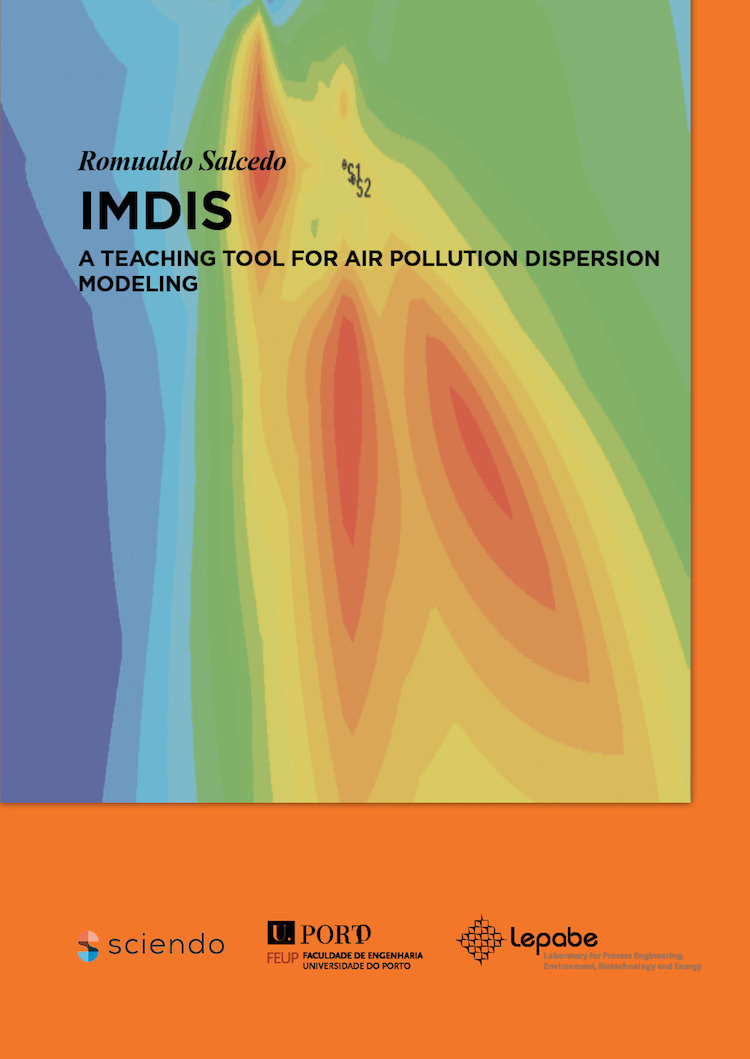Gaussian Models Intermediate

Reading Guide
Prof. Romualdo Salcedo has developed IMDIS - A Teaching Tool for Air Pollution Dispersion Modeling. This book intends to serve as a reference to follow-up on a better comprehension of air pollution modeling with the aid of hands-on user-friendly software, highlighting the main advantages (but also disadvantages) of using Gaussian dispersion as the main drive to teach this subject.
IMDIS – A Teaching Tool for Air Pollution Dispersion Modeling begins with a background section that enables readers to quickly understand the modeling subject. Next, the book offers sections on air dispersion model highlights and model evaluation, including:
- Calibration of dispersion models with site observed data.
- Comparison with analytical solutions and short-term models (CEMAPS and PTMAX) using examples from the literature.
- Extensive comparison with experimental data (five stacks emitting SO2 from a petrochemical complex; one stack emitting SO2 and fine particulates from a pulp and paper unit); and long-term models (Texas Climatological Model).
- Estimation of maximum concentration and critical conditions through a powerful non-linear optimizer.
The IMDIS (Interactive Multisource Dispersion) companion software, a graphical menu-driven computer program, is provided with the corresponding open free code. Independent modules are given for meteorological data, dispersion coefficients and sources. The book includes a detailed Operating Manual containing the program structure, the user interface guide and the fundamentals and examples of modeling calculations. Readers can work with these examples to perform their own calculations.
Material
- Romualdo Salcedo (2020). IMDIS - A Teaching Tool for Air Pollution Dispersion Modeling.
- IMDIS data and software (zip file). The developer of the IMDIS software states that the executable module contained in the zip file is virus free.
Guide prepared 4/2021. For corrections or expansions please contact us.